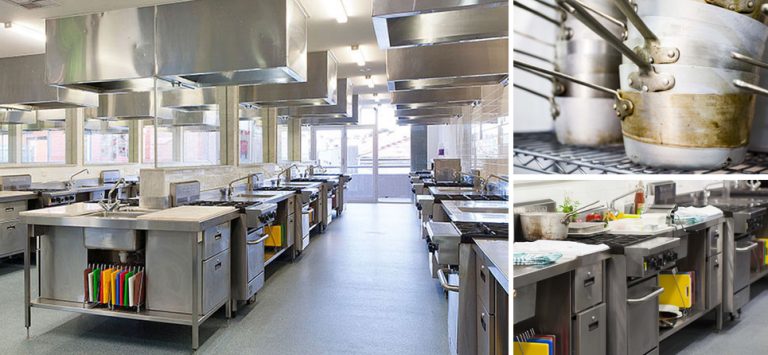Cloud kitchens have changed the way meal delivery companies run, enabling restaurants to access a larger consumer base while simplifying their operations. Operating without conventional dining areas, these creative kitchens let companies concentrate only on food preparation and distribution. It offers an efficient and affordable option for both current restaurants and new enterprises by removing the need for pricey real estate and enormous storefronts. Particularly in places where meal delivery is in great demand, this approach has shown to be quite effective. The term ” kitchen delivery ” is frequently used to refer to this movement in the food service business, which is an important factor in both simplifying and expanding the distribution of food.
Simplified Operational Efficiency
Cloud kitchens have notable benefits over conventional restaurant models. Businesses can allocate more resources to food preparation and delivery without a real eating room, hence maximizing their kitchen space and resource use. Focusing just on completing online orders simplifies kitchen expenses and time connected to in-house dining services. Faster order processing, enhanced quality control, and more efficient personnel use can all be results of the simplified processes. Due to the absence of front-of-house service, the crew at the restaurant is able to concentrate solely on the preparation of food, which results in orders being fulfilled more quickly and with a higher degree of consistency.

Flexibility for Various Menus
Cloud kitchens’ versatility in menu choices is among their key advantages. There is no physical area constraint; hence, companies may simply change their products according to consumer demand. Cloud kitchens have the chance to serve various tastes and dietary needs by experimenting with several menu items and ideas. This adaptability lets kitchen operators design unique menus for various consumer groups, hence providing a more individualized and customized dining experience. A single cloud kitchen, for example, can host several brands or cuisines, each with its own identity and consumer base, hence increasing profit possibilities.
Affordable Operations
Running a conventional restaurant can be pricey since front-of-house personnel, utilities, and rent all rapidly mount up. Operating out of low-cost, shared facilities, cloud kitchens greatly lower these overhead expenses. Cloud kitchens may direct their budget into enhancing food quality and broadening their reach without the need for prime real estate, decor, or waitstaff. Furthermore, kitchen delivery services are usually more affordable as they just concentrate on completing online orders, hence avoiding the costs connected to traditional dining places. While bigger chains can expand more effectively, this drop in running expenses helps small enterprises or startups to enter the food service sector.
Technology Integration
Cloud kitchens flourish by using technology to control orders, deliveries, and consumer interactions effortlessly. Online ordering systems and delivery apps let consumers quickly explore menus, make purchases, and monitor their deliveries in real time. This technology allows cloud kitchens to increase their consumer base without requiring actual stores. The inclusion of consumer feedback mechanisms also helps cloud kitchens to rapidly change to client tastes and enhance their products. Data-driven cloud kitchens may maximize their operations, boost consumer happiness, and improve their marketing plans, all of which help to create more successful operations and expansion.



















